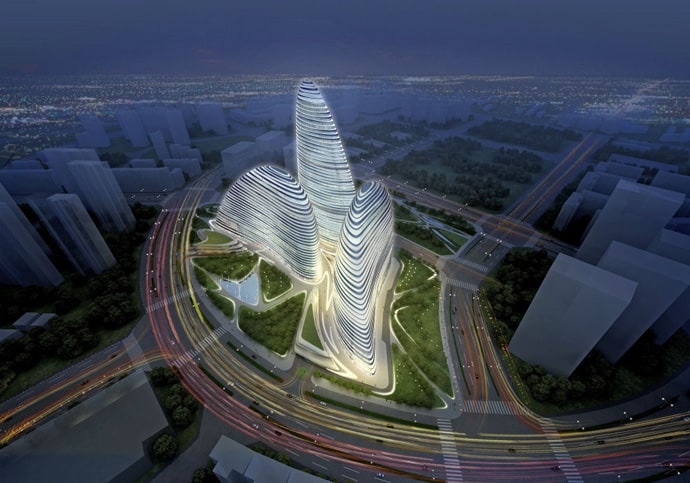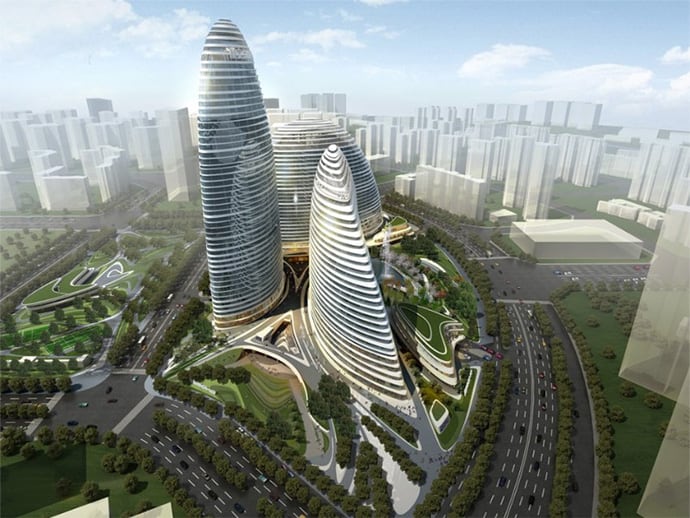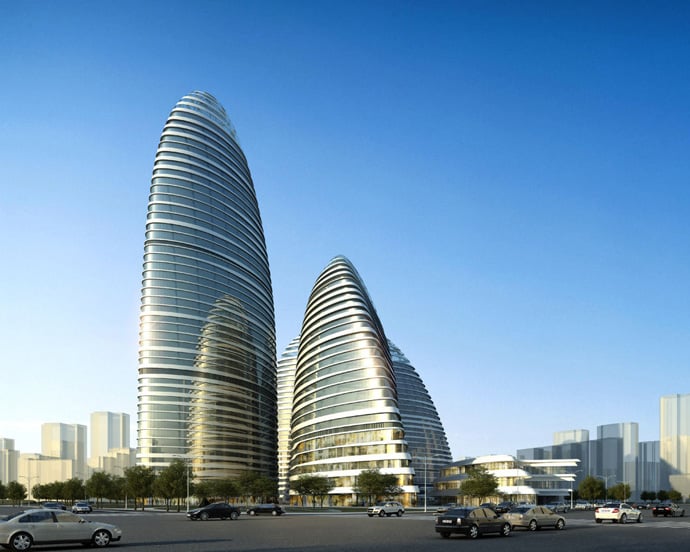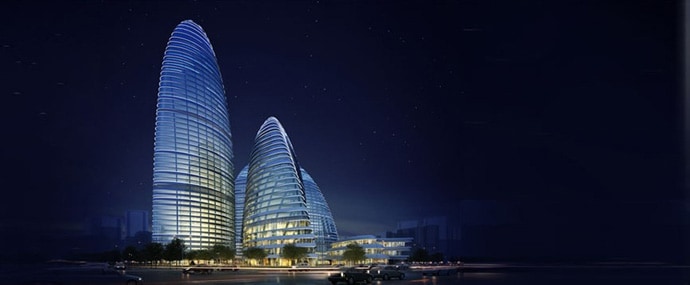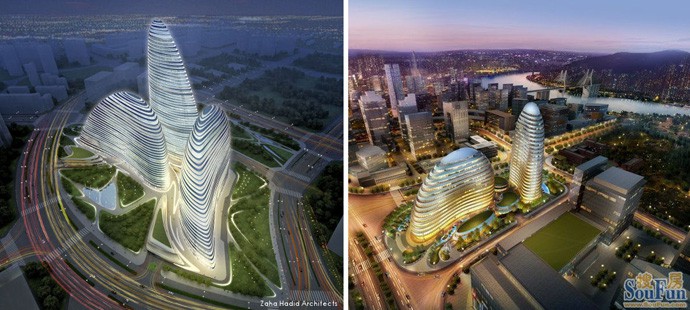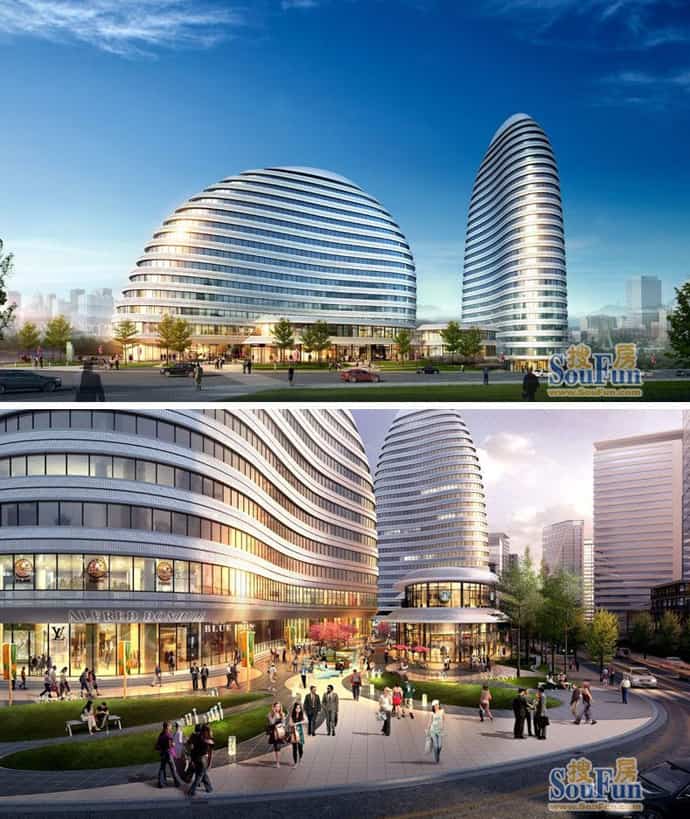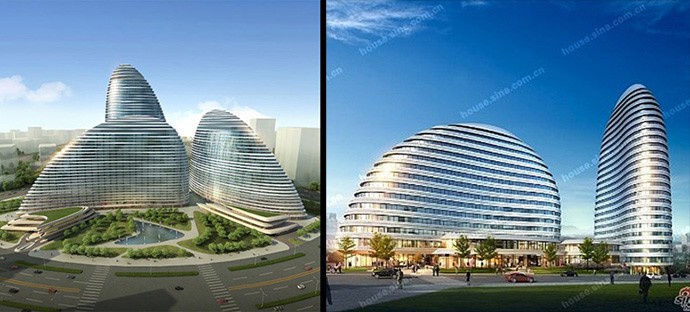Few things received more attention in the design world last year than the role of intellectual property. While much of the spotlight came from the Apple-Samsung litigation, even some noted furniture manufactures, like Emeco, jumped into the foray. But design protection is not just limited to traditional product designs. Rather, architects and interior designers have also began actively protecting and policing their work too. For example, Steve Jobs and others obtained design patents in the US on Apples’ unique glass staircase and another on what many have described as its cylindrical glass storefront (e.g., Shanghai).
Nevertheless, this phenomenon isn’t new or unique to Apple. Iconic designers, such as Raymond Loewy, have long obtained design patent protection on everything from locomotive to building designs.
Despite its importance to these designers, as the race between Zaha Hadid and others in Chongqing attests, not all architects feel the same way about their designs. And yet regardless of your position about the role of intellectual property in design, it has become apparent that designers must at least familiarize themselves with the basics of design law.
In an effort to help educate designers about design law basics and to better understand how people’s backgrounds effect the application of design laws, the Max Planck Institute could use your help with a new study that it is conducting. The project revolves around a series of brief hypothetical juror scenarios where you are asked to apply one of these complex legal standards. Don’t worry, they’ve stripped them down to their most basic forms so that they’re easy to follow. At the end of the survey, they email you the results so that you can see how you compared to the actual court outcomes, and they even provide you with additional resources to learn more about other aspects of design law. Most importantly, all of the money generated by the study is being donated to design charities.
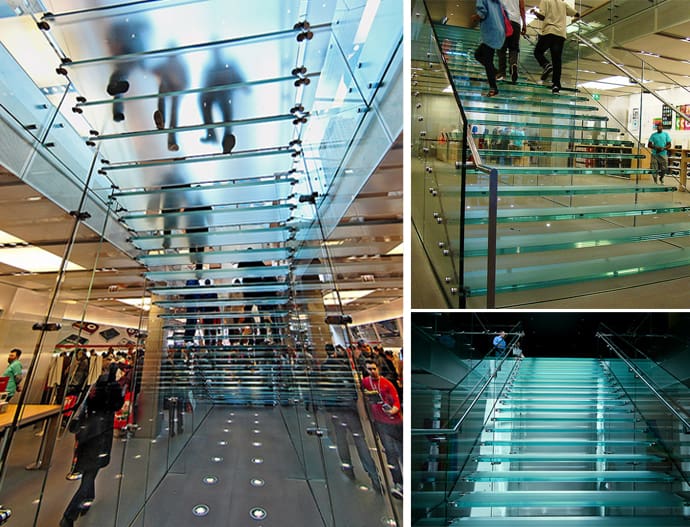

Designs for Zaha Hadid’s Wangjing Soho complex, consisting of three pebble-shaped volumes up to 200 metres high, were unveiled in August 2011. The project is under construction and due to be completed in 2014. Meanwhile, in the southwestern Chinese city of Chongqing, a project called Meiquan 22nd Century (above) is being built that observers say is a pirated copy of Hadid’s design.
